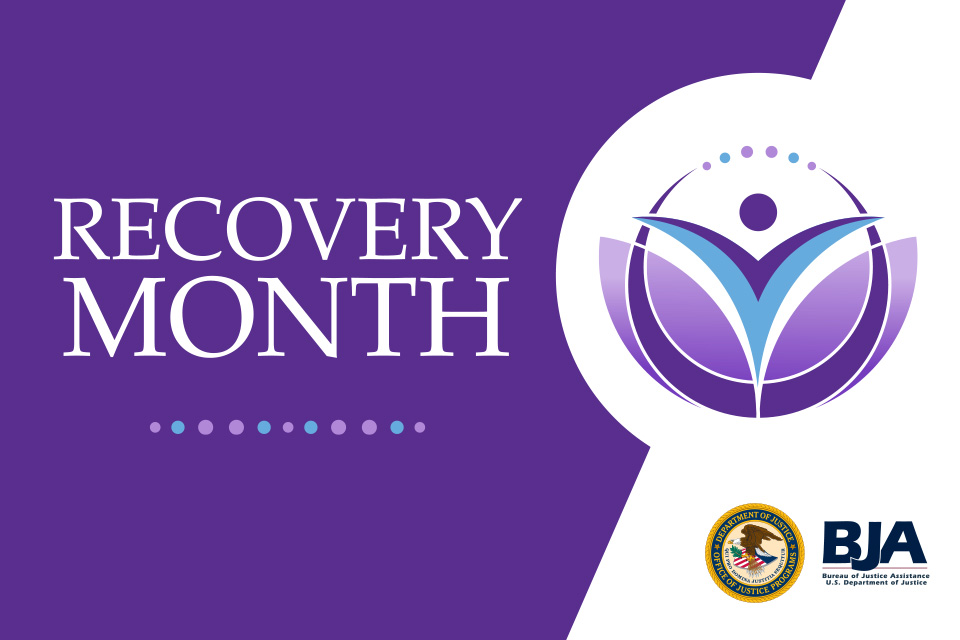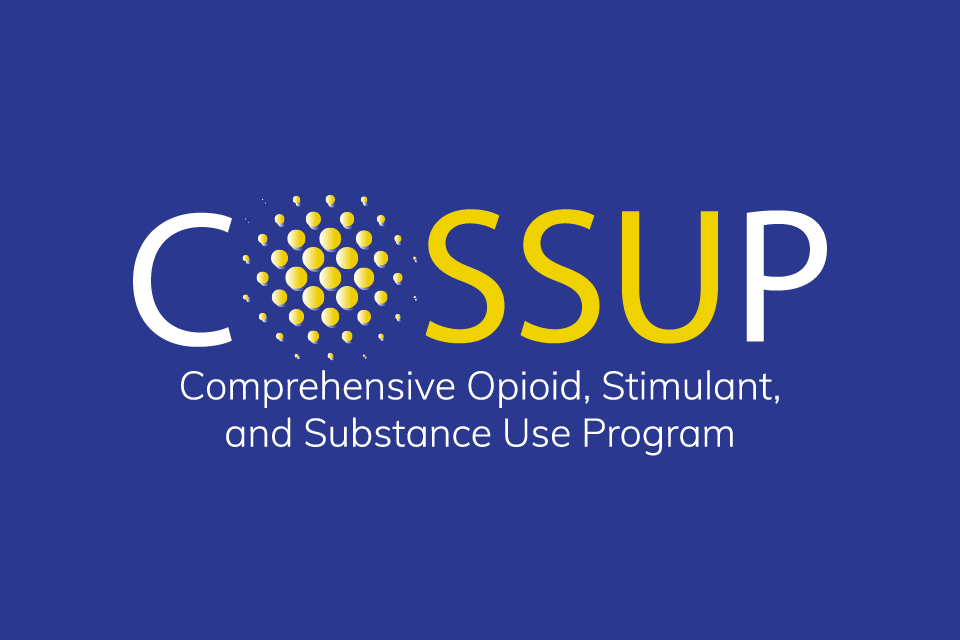According to the Centers for Disease Control and Prevention, approximately 100,000 individuals die annually from a drug overdose in the United States. These deaths have a lasting impact on the families and communities left behind. In September, the Bureau of Justice Assistance (BJA) joins with partners nationwide to uplift Recovery Month through the Comprehensive Opioid, Stimulant, and Substance Use Program (COSSUP).
COSSUP provides financial and technical assistance to states, units of local government, and Indian tribal governments. The purpose of the grants is to help local governments develop, implement, or expand comprehensive efforts to identify, respond to, treat, and support those impacted by illicit opioids, stimulants, and other drugs. In Navajo County, Arizona, county prosecutor Bradley Carlyon uses COSSUP funds to reach those struggling with substance use when they enter the county jail.
"While we only have individuals in custody for a few days, if we can complete an assessment and identify those with a substance use issue, we can enter them into a diversion program if they choose," Mr. Carlyon said. "The diversion program is voluntary and entails a more thorough screening process by a behavioral health provider. And then, when they are released from jail, they are released into the care of that behavioral health program. Then if they complete it, whatever that time may be—usually within three to six months—we'll dismiss the charges."
Justice diversion programs like the one in Navajo County provide an alternative to incarceration for people with mental health and substance use conditions. These programs intend to address the health and well-being of individuals instead of punishing them for exhibiting symptoms of their disease. In rural communities, reaching individuals who would benefit from diversion is often difficult because of challenges such as broad geographic areas served, limited availability of crisis services, gaps in treatment and social services, and constrained financial and staffing resources. Navajo County is a largely rural northeastern Arizona county of about 10,000 square miles. The county is large, but it is home to only about 110,000 people. With residents so widely dispersed, providing treatment is complex.
"Our first challenge was finding the behavioral health provider that wanted to get into the nitty-gritty of working with substance users involved in the criminal justice system. Once we finally found a partner that allowed us to expand the services we're offering, the challenge after that was to be able to get them to treatment. The behavioral health provider working with us now is offering transportation if individuals are no more than 30 miles from their offices where they provide services,” Mr. Carlyon said.
Additionally, the county is home to three Indian Nations, the Hoppe, Navajo, and White Mountain Apache tribes. To provide equitable access to the diversion program to Native American residents, the County Prosecutor’s office believed it was imperative to understand this historical context and to foster change on multiple levels, including the individual, the family, the community, the tribe, systems of care, and larger social structures with the local tribes.
"One of the things that we're doing through a BJA program, Reaching Rural, is creating a peer support network that would start in the jail with peers, where they can make those connections with substance users in the jails. And then, as they're released to the behavioral health program, continue that peer support to help them along their path to recovery," Mr. Carlyon said.
To learn more about COSSUP and how Navajo County is reaching more rural and Native Americans needing recovery, listen to the Justice Today podcast episode:
Hear more from Brad Carlyon on the Justice Today podcast.





